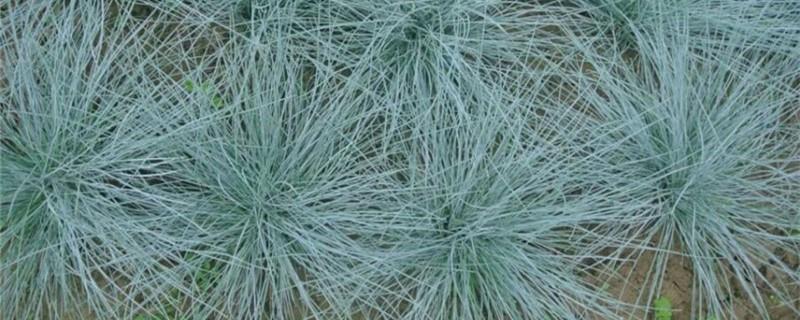Blue fescue farming methods and precautions
Last Update :2024.05.02
Article Catalog
Temperature: Blue fescue is very cold-resistant, but its growth rate will slow down when the temperature is below ten degrees, so the most suitable temperature for its maintenance is between ten and thirty degrees; Watering: Although it is drought-tolerant , but it is not suitable to be in a drought state for a long time, and should be watered once after the soil is completely dry; Fertilization: It is relatively resistant to barrenness, usually fertilizing once a year; Light: It likes light and can accept sunlight all day long.

1. Maintenance methods
1. Maintenance method
1. Temperature: The suitable maintenance temperature is between ten and thirty degrees. Generally, after September, the temperature will gradually drop. When the temperature is lower than ten degrees, its growth state has been very slow, and then it will enter a dormant period.
2. Watering: In the first year of planting, water management needs to be done well. The plants should not be left in a state of water shortage. They should be watered appropriately to allow the roots to fully absorb water. During the year, there is generally no need for special watering. Watering is only needed in extreme drought conditions, usually once a month. Proper dryness in summer can make the leaves turn blue, which can improve the ornamental value.
3. Fertilization: It is resistant to barrenness and cannot be fertilized excessively. If it is over-fertilized, the plant will die due to loss of characteristics. Generally, fertilizing once a year is enough, and light fertilizer should be used.
4. Light: Its growth requires a lot of sunlight. The more sufficient light, the brighter its color will be. Therefore, during the maintenance process, it must be given a lot of light, preferably all day long.
2. Breeding skills
1. Reproduction: It can be reproduced by sowing. The propagation time is in spring and autumn every year, because the temperature is relatively stable at this time, suitable for its growth. First, you need to prepare seeds and soil. The seeds need to be soaked in fungicides for half an hour to enhance resistance, and then sprinkle the seeds into Put it in the soil and put it in a cool place for curing. It will take about half a month to germinate.
2. Pruning: When the seedlings just grow out, the top needs to be cut off in order to promote the growth of side buds.
3. Problem diagnosis
1. Insect pests: Spider mites breed quickly and are very light. They like to suck the juice of blue fescue. Once found, 1% should be used Spray it with Dianbao's azimectin emulsifiable concentrate.
2. Disease: Fusarium can infect most green plants, and blue fescue is no exception. Fusarium can cause the plant to rot, damage the plant's transmission tissue, and prevent the plant from absorbing nutrients. When this situation occurs, you need to use Amicida solution to irrigate the roots. Generally, it can be solved by irrigating the roots three times in a row.
IV. Other issues
1. Toxicity: It is non-toxic, but the sap can easily cause allergies in people, so every time you come into contact with the sap of the plant, you must wash it as soon as possible. .
2. Edible: It is an ornamental plant and not edible.
2. Breeding skills
3. Problem diagnosis
4. Other issues
- END -
Cultivation methods and precautions for true cypress bonsai

Temperature: True cypress bonsai is not cold-tolerant, and the maintenance tempera...
The difference between plum blossom and elm leaf plum

Plant heights are different: plum blossoms are relatively tall, about 4-10 meters ...